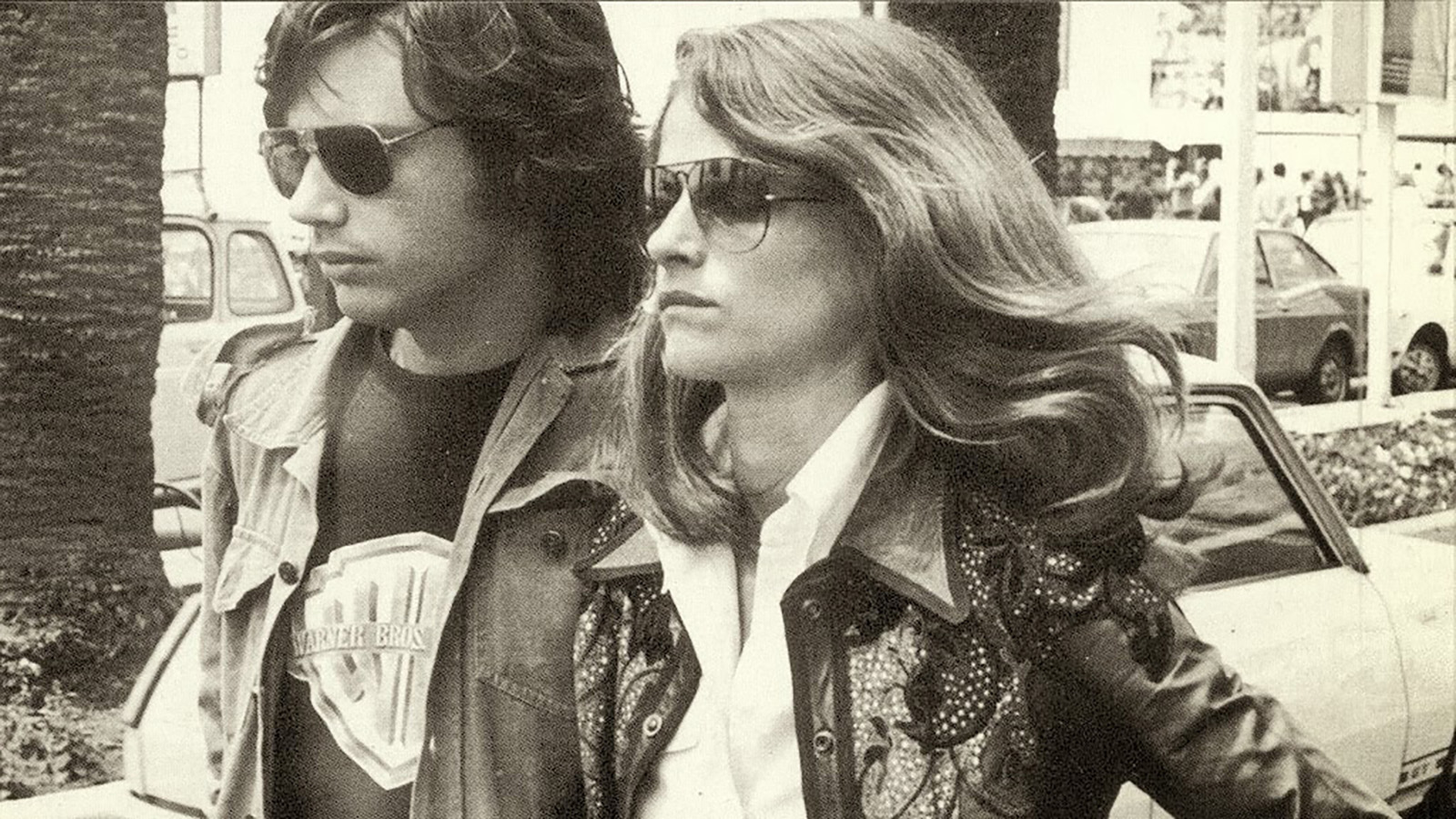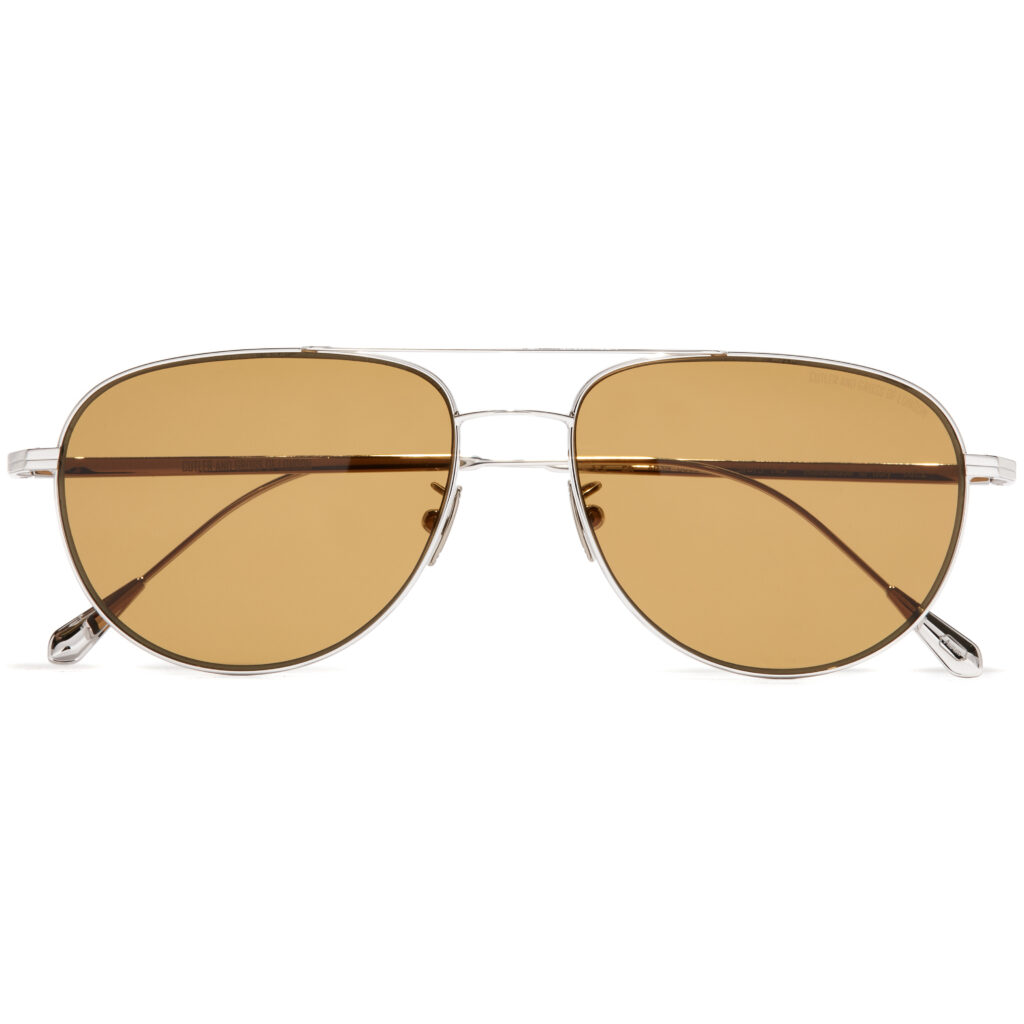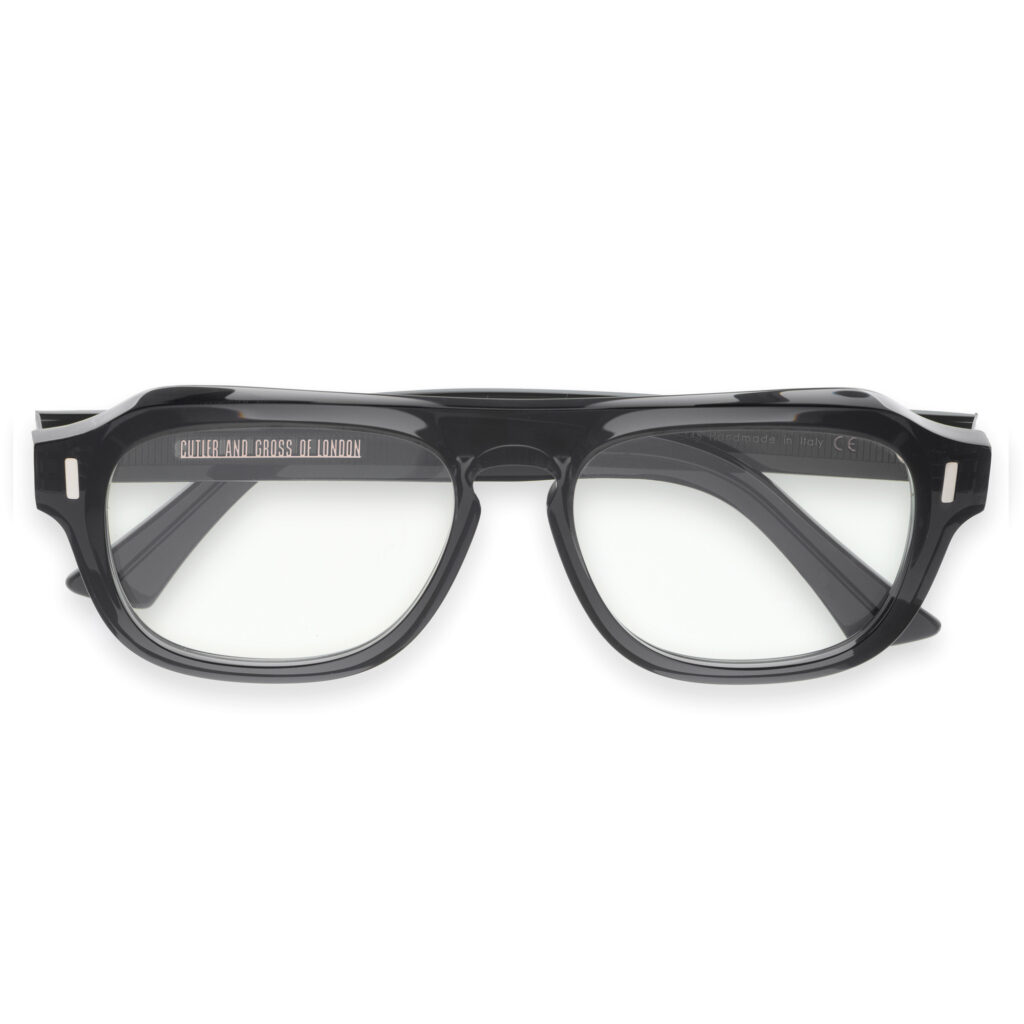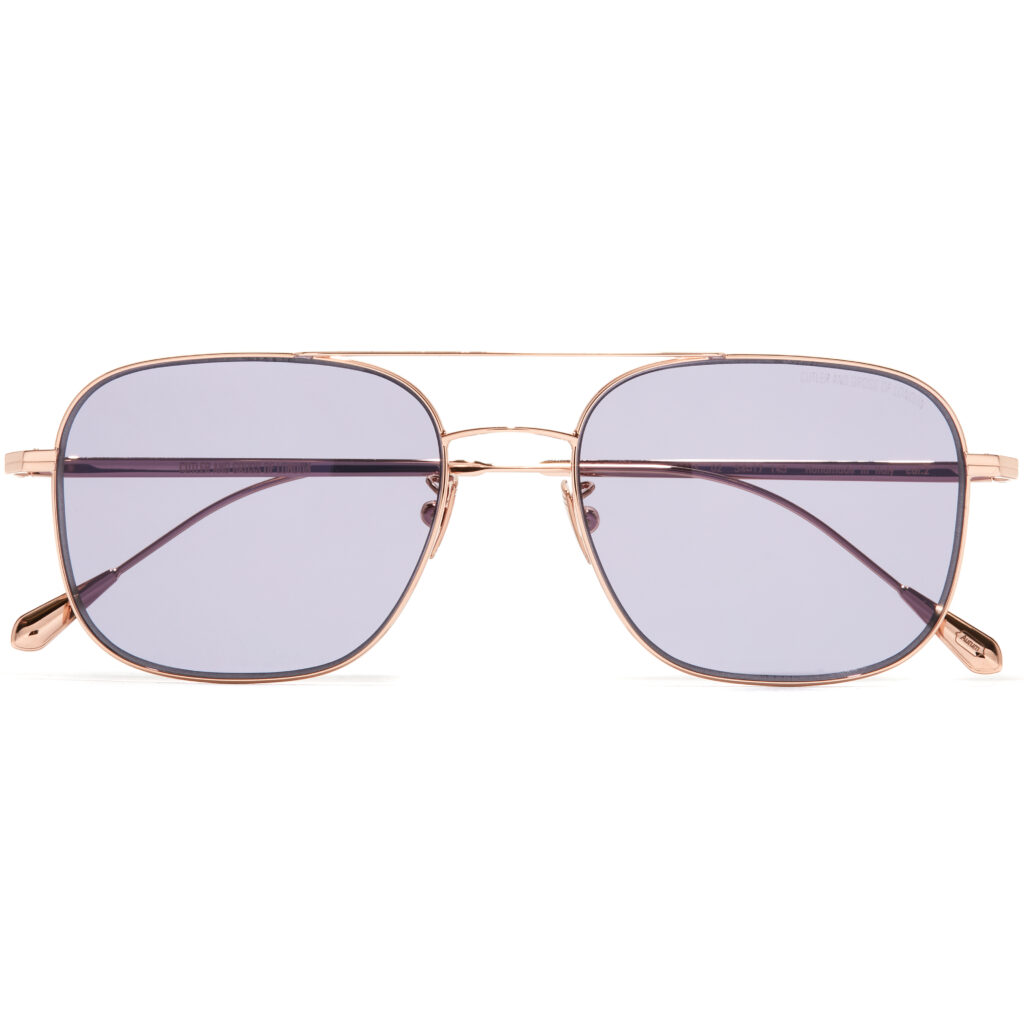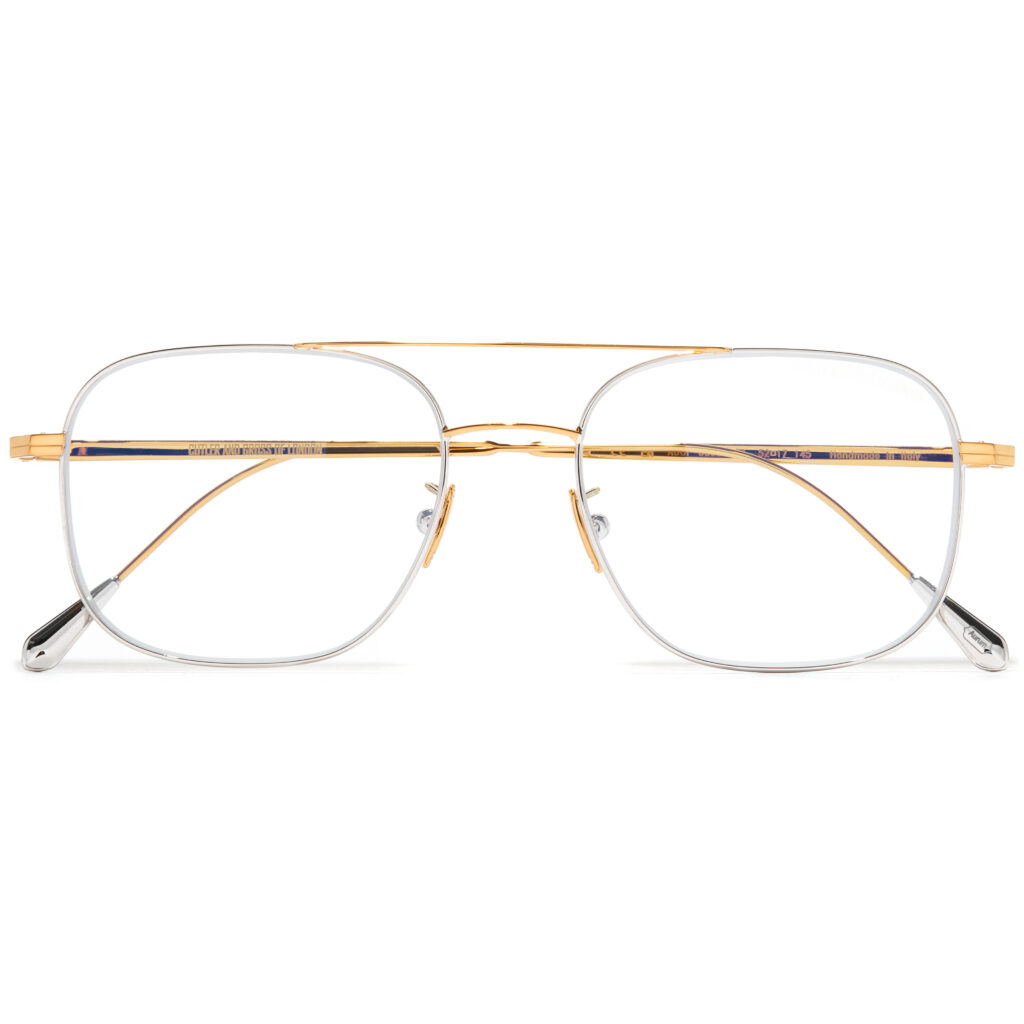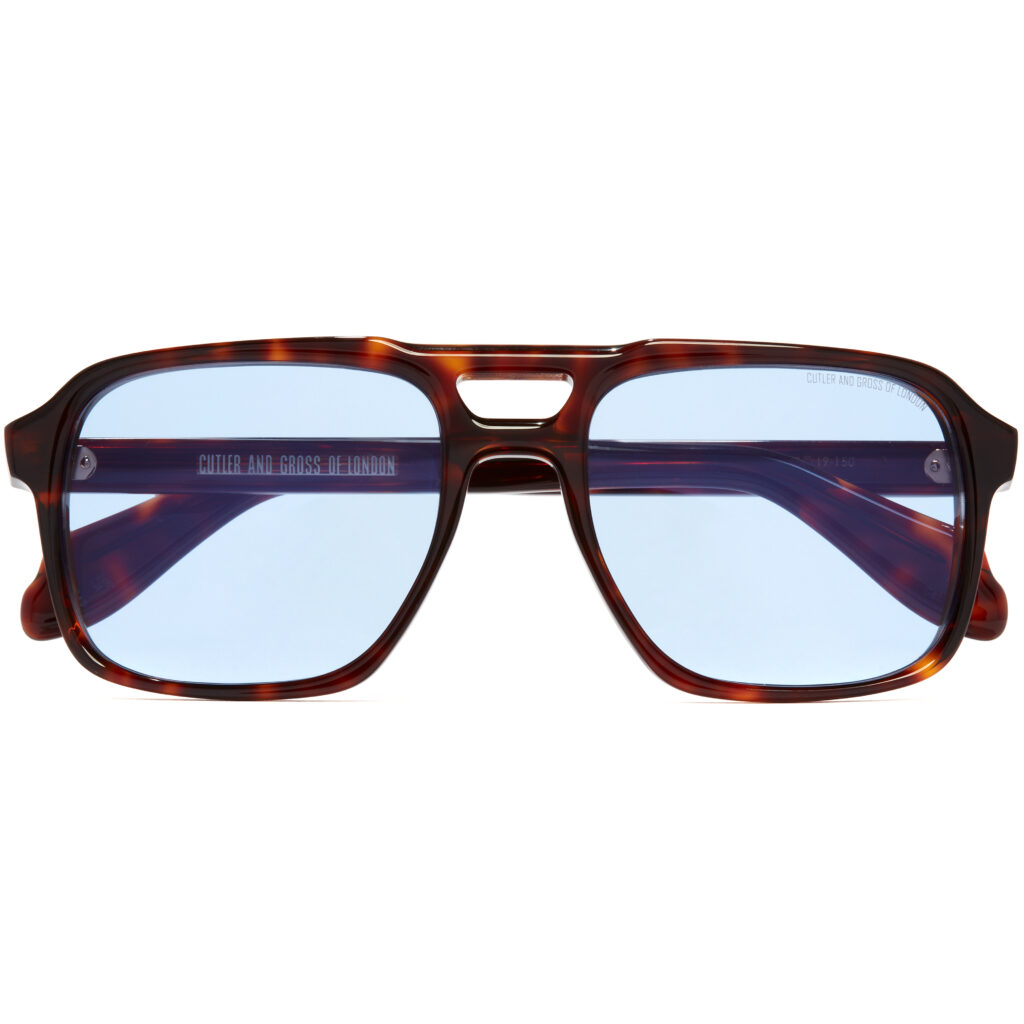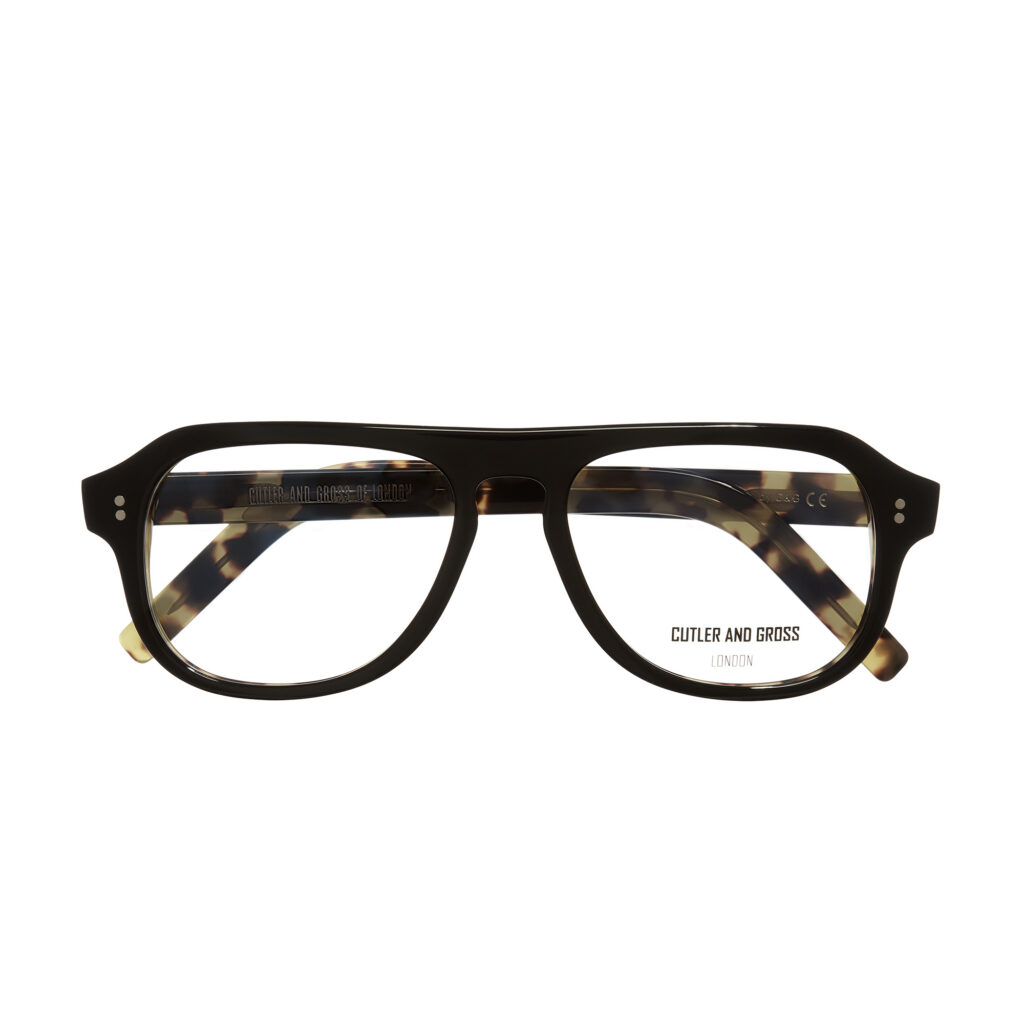Jean-Michel Jarre and Charlotte Rampling
The Shape That Defined An Era
Aviator sunglasses first came into view in the 1930s, as an alternative to the fur-lined goggles worn by US Air Force pilots. They were developed out of necessity to protect from the sun’s blinding glare at high altitude.
The result was a distinctive teardrop lens, surrounded by a thin metal frame.
Sometimes referred to as ‘pilot glasses’, the style was introduced to gradient lenses 10 years later; they balanced enhanced protection in the upper with an uncoated lower to enable a clear view of the instruments.
Navigator glasses developed from there. They were colloquially termed ‘square aviator sunglasses’ because of their flat-bottomed silhouette, which kept co-pilots shaded whilst looking down at their maps.
The military frames became popular on and off duty, and soon filtered into the wider cultural lexicon.
From Aircraft Hangars To Hollywood
The 60s arrived and aviator sunglasses for men had hit the mainstream, propelled by musicians and megastars from David Bowie to Mick Jagger and Steve McQueen. Michael Jackson’s black aviator sunglasses at the Grammys, and Tom Cruise’s slick military frames in ‘Top Gun’ cemented the style.


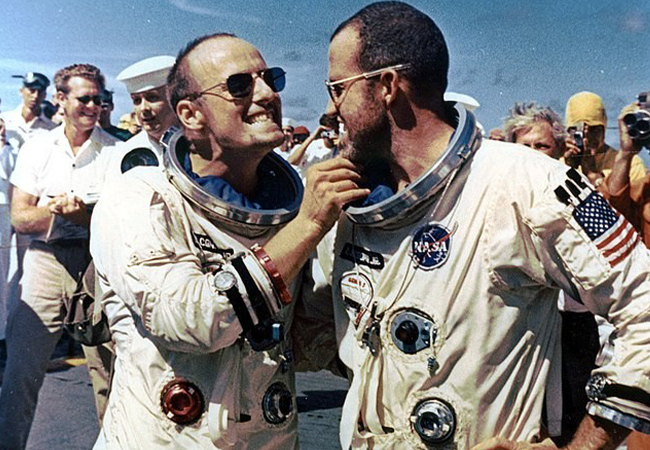

Bianca Jagger spearheaded aviator sunglasses for women, pairing hers with a cocktail dress or a sharp-shouldered suit whilst frequenting Studio 54.
Modern Perspective
At Cutler and Gross, aviator glasses have evolved from their functional wire-framed origins into something far bolder, but the tenets remain the same.
The limited edition Aurum collection includes aviator sunglasses constructed from an ultra-lightweight Swiss stainless steel alloy. They’re plated with either 18K Rhodium, 18K Rose Gold, 24K Yellow Gold or an amalgamation of each precious metal.
From richly-pigmented Solid Light Blue to jewel-like Honey Havana tortoiseshell, our acetate aviator sunglasses are intrinsically iconic.
Find Your Fit
Our easy-to-use Face Shape Frame Finder and Virtual Try-On Glasses system will help you discover your style. Alternatively, explore our collection of blue aviator sunglasses, black aviator sunglasses, gold aviator sunglasses and more at one of our stores here.

